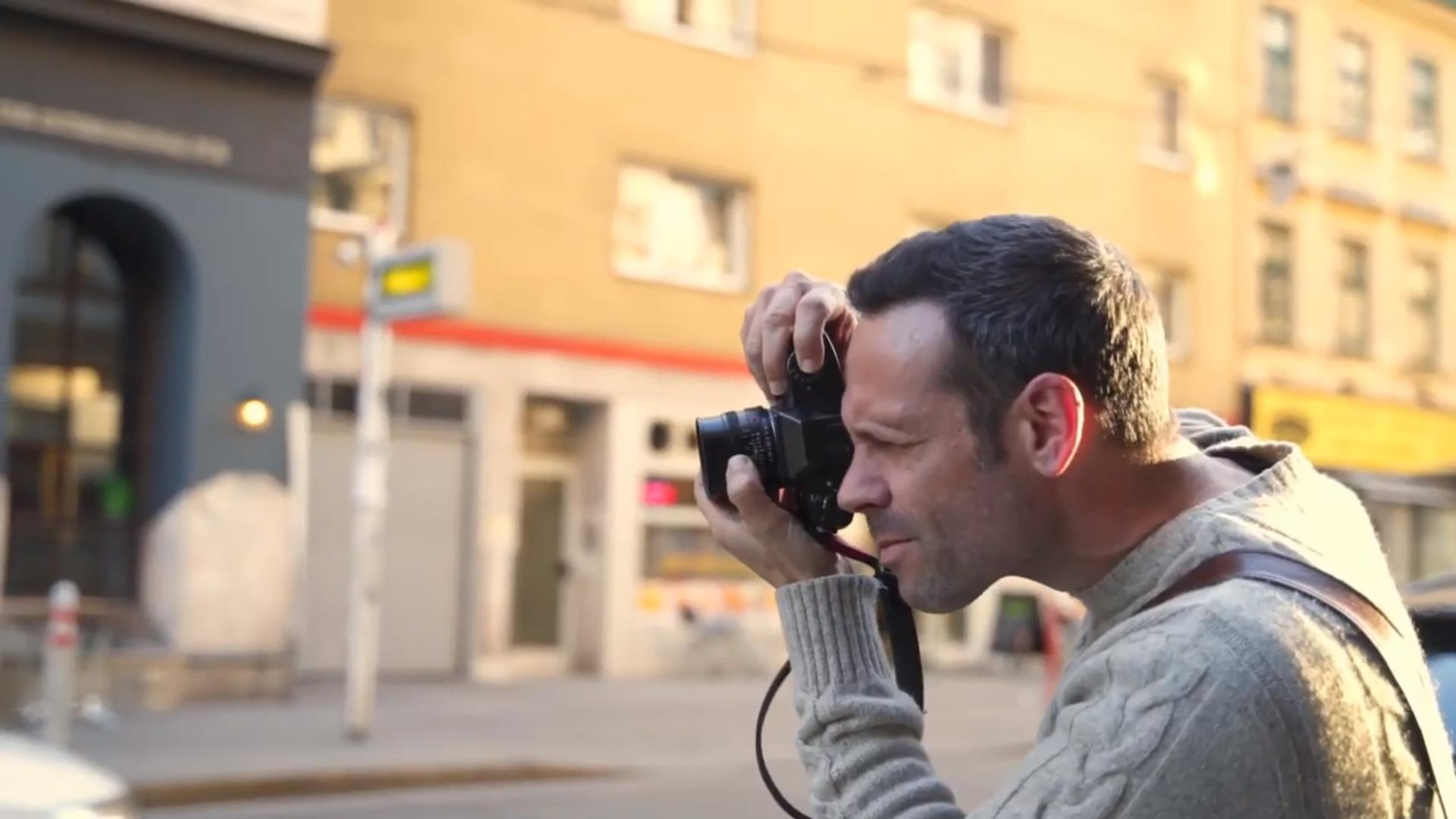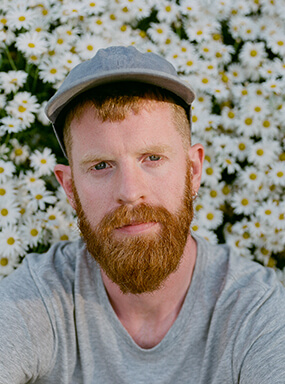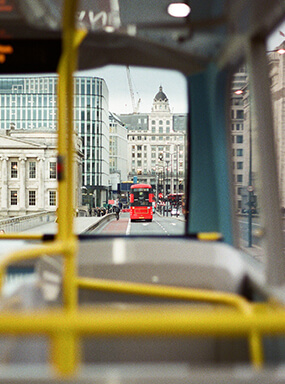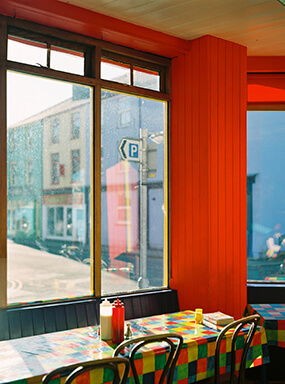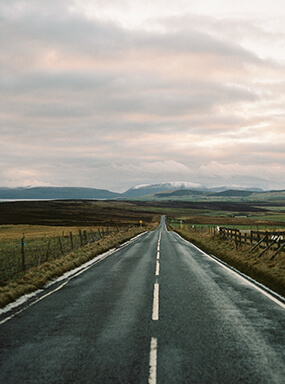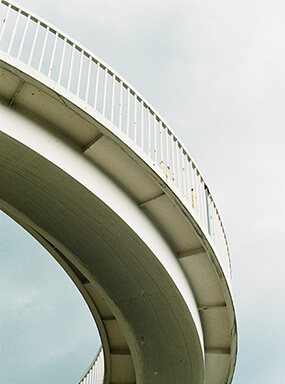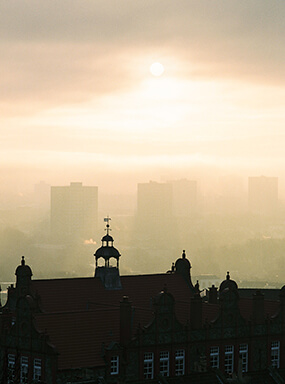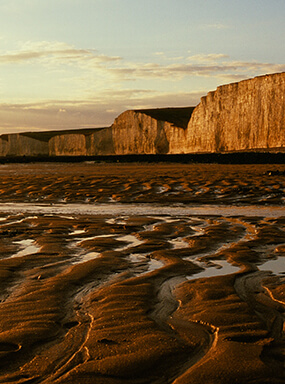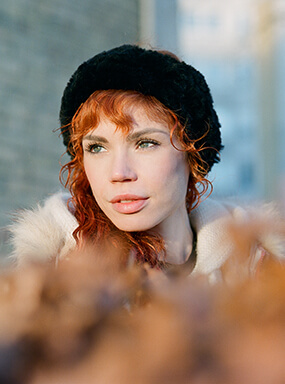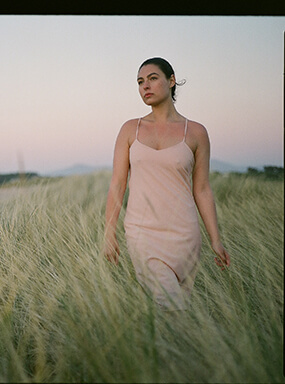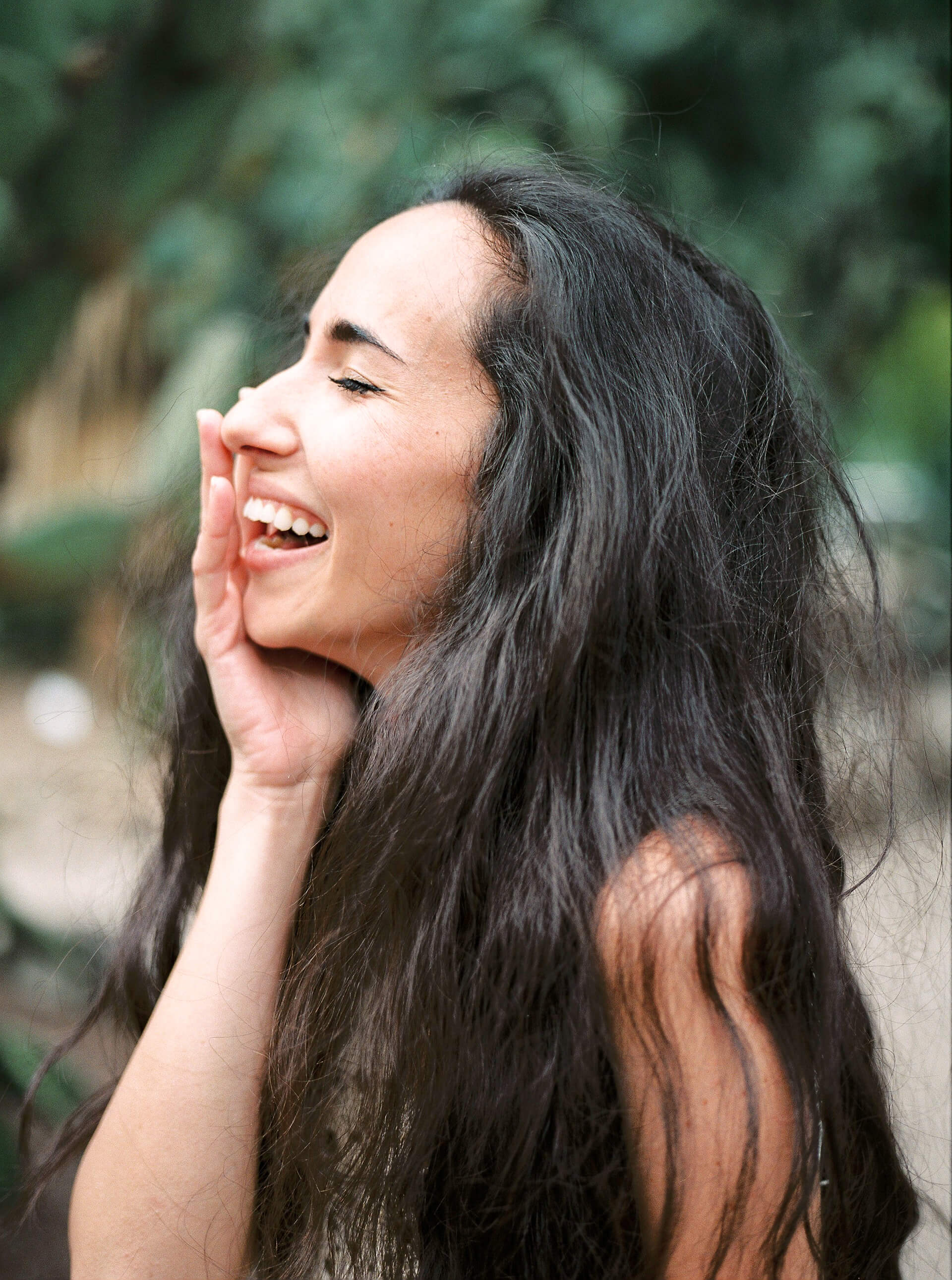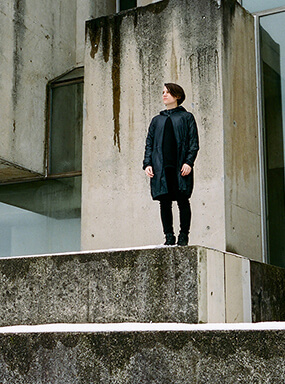Spotlight: Dan Rubin
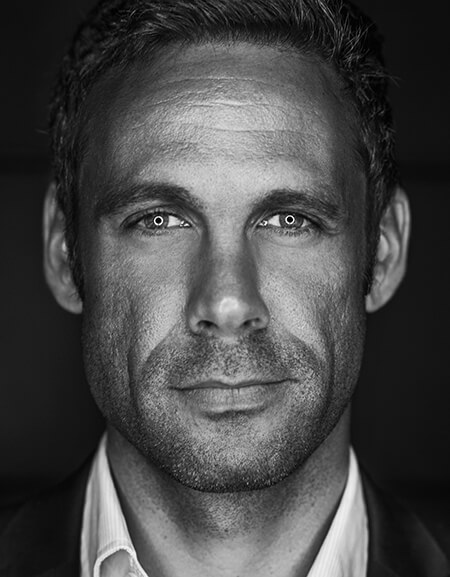
Bio
Dan is a designer, photographer, and creative director currently based in London. Co-founder of The Photographic Journal, IPA Jury member, co-curator of the portrait photography exhibition 100 | 50 | 1, and host of the Apple Event series Meet The iPhone Photographer, Dan speaks at conferences worldwide including An Event Apart, The Photography Show, South by Southwest, UX London, and WPPI, and consults for startups and established brands around the world.
One of Instagram's earliest beta-testers and a speaker at the world's first mobile photography conference, Dan also travels the globe on photographic commissions for select clientele including Alfa Romeo, American Express, Barbour, Courvoisier, Ducati, Land Rover, The Macallan, Nissan, O2, RedBull, Starwood Hotels, Travel + Leisure, Williams Martini, and more.
Dan\’s first photographic book, Koya Bound (Winner, AIGA Cover Design Award, 2017), was published in 2016 by Pre/Post in Japan.
Recent Publications
Blurb Blog Post
Skillshare Classes
Koya Bound
Digital Photo Pro
First, tell us a little about yourself. What is your background, how long have you been a photographer, and what type of photography do you specialize in?
I was born in Miami Beach, and lived not far from the ocean until I was in my early 30s, before moving to the UK. I've been a designer and creative director for just over 20 years, working in brand, print, digital, and product design since then. I was a late bloomer when it came to discovering photography as a creative tool, though I'd used it in my design work and art directed shoots over the years.
I've been shooting for just over 10 years, first as a hobby and then transitioning into commercial work and personal projects a little over 5 years ago. Now I shoot all sorts of work, from travel and editorial to street and portraiture.
Why did you get into photography, and what inspires you?
The camera that changed my life was an original Polaroid SX-70 from the 1970s. I bought one a little over 10 years ago because I loved the design of the camera itself, right around the time Polaroid discontinued production of their film. I figured I would shoot a few packs of film just to say I had, and then put the camera on a shelf as a display piece. Instead, the images that came out of the camera were the first photographs I could remember taking that I also thought were beautiful.
It changed my relationship with photography completely, and piqued my curiosity as a product designer: What was so different from every other camera I'd used before? Why was I falling in love with these images? What aspect of the design of this camera and film created the magical combination that unlocked a new ability?
I quickly purchased a mid-range DSLR (I'd only used early point-and-shoot digital cameras before then), and after some experimentation and learning, I added a 35mm film camera to my small collection in late 2008. From the very first roll I had developed, I realized there was something special about film that digital didn't quite capture, and so began a new obsession about cameras, film emulsions, and the relationship between photographer, light, and equipment — film and digital alike.
I'm inspired by all manner of things — as a designer, absolutely anything can provide inspiration. When it comes to photography, my main inspiration is light, and in hindsight, I was fascinated by light before I ever realized photography was a tool I could use to capture it.
Can you give us some insight into your shooting techniques when shooting film?
My approach definitely continues to evolve over the years, through a mixture of experimentation and feedback from the pro labs I work with, as well as my own preferences for camera + film combinations. I shoot a lot of color negative and B&W negative film, and almost always meter for the shadows and overexpose by 1-stop. With my favorite film stocks, this gives me a solid exposure every time.
I'm starting to shoot more slide film, so I've had to adjust how I expose, and learn about the kind of lighting conditions that best suit the film stocks (and produce the look I want). I'm looking forward to shooting even more slide film in the future, as I continue to get better as using it.
The other important part of this equation is having a great relationship with my labs — they know how I like my film scanned, and the files I receive give me just the right amount of latitude to make minor edits.
What are the top 3 most important elements when you shoot film?
1) Know how the film you want to shoot performs in different lighting conditions, and when exposed differently. The same goes for how it's developed and scanned — the film stock is the medium, so the more you understand every variable that contributes to the look you get out of it, the better.
2) Know your camera inside out. Your equipment should feel like an extension of you, and the best way to reach that point is to understand and master every function, regardless of how simple or complex your camera is.
3) Find a good pro lab, and build a relationship with them. This is a key part of film photography for me, especially on a commercial level. My labs are part of my team, and I know they'll give me exactly the results I want every time.
I know a lot of people develop and scan themselves, and if you do, that's brilliant! I just know that isn't part of the process I enjoy, and I feel so much more confident trusting people who have been at it for a long time.
Why do you shoot film?
So many reasons… and those reasons have definitely evolved over time.
Professionally, I love the consistent output once I've learned how to use a particular emulsion and camera combination, and the time savings over digital in post-production are enormous. Even the initial curation process after a shoot is faster than with digital, as there are fewer images to review and those images are much closer to my desired end result, and thus less distracting. So on a practical level, film saves me time and energy, and anything that buys me time is incredibly valuable.
When shooting — regardless of whether it's personal or professional — I love how film keeps me completely connected to my surroundings. There's nothing to review, so decisions get made far more quickly, and in the moment: I know when I've nailed a shot without having to see it, and I know when I ought to shoot another frame just in case.
Film also helps me make more decisions before I trip the shutter, from the look I want to achieve to the actual fraction of a second I choose to capture. I'm more engaged with what I'm about to shoot than what I've already captured, which gives me a lot more momentum, and a lot less second-guessing. Though I've known this for years, whenever I try to recreate that process when shooting digital, I can't help but know I've got loads of space on my SD cards and can shoot a few extra frames _just in case_, as well as fixing exposures in post, so I become less focused in spite of myself, and the end result always suffers by comparison.
That said, shooting film has improved my photography more than digital, because of that added focus. As I shoot less digital with each passing year, when I *do* use digital I'm far more efficient and focused than I was even a few years ago.
Any advice to others interested in working with film?
If you've not shot film at all — or you have but just for personal work and you're intimidated by the idea of shooting film for clients — the easiest way to get comfortable and trust the results is to start small, and shoot alongside digital. Use digital as a safety net to help relieve the pressure and free yourself to shoot a few frames or an entire roll during any shoot or trip.
In general, negative film emulsions (color or B&W, sometimes referred to as C-41) will be easier to work with, as they tend to have a wider dynamic range than slide film (aka E-6). That said, dynamic range varies greatly between film stocks, so doing some research will help, though shooting will help even more.
It took me a few years of shooting before I understood the value of overexposing negative film, and metering for the shadows — this gives you more detail in the shadows and midtowns, and the highlights generally remain safe; this seems to be the hardest point for digital photographers to wrap their heads around: film responds differently to light than digital, and you almost never need to worry about blown-out highlights when using negative film.
You may decide you prefer the look of underexposed film, so bear in mind there's no 'right' way to do any of this, though the proof is in the results — a little research, experimenting with a handful of different film stocks, and using a pro lab to develop and scan your film (especially if they're willing to provide feedback with each of your rolls) will help accelerate the learning process and allow you to become more comfortable with how film responds to light.
What are your biggest influences as a creative?
In recent years, cinema has become a very strong influence, and perhaps it's always been that way without me consciously realizing it. I was a painter (oils and watercolors) in my early teens, and that's influenced my eye throughout my life as a visual artist.
In recent years, I find a lot of inspiration in nature, architecture, and the combination of those two, especially in more remote places where the man-made structures tend to integrate with the landscapes. I'll never tire of seeing balance and scale created when nature is clearly the dominant force.
My photographic journey began around the time I started to travel more. Seeing new places and being able to respond to that sensory overload by corralling it into a rectangle encourages me to embrace and explore photography as a means of creative expression, while also helping make sense of the world around me.
Any recent photos, shoots, upcoming projects, or photography plans that you're excited about and would like to share with us?
I'm almost always more excited about what I'm planning than what I've completed, so mostly looking forward — the last 12 months have been full of fun shoots and lots of travel, but 2019 should be even more exciting. I also have quite a few products I've been working on over the last 12-18 months which will launch throughout 2019, so my life is full of forward momentum right now.
That said, I still look back fondly on creating my first photographic book, Koya Bound [LINK: http://walkkumano.com/], in 2016 with my friend, Craig Mod. We hiked an ancient pilgrimage trail — the Kumano Kodo in Japan — over 8 days, shooting along the way, then designed a book as a companion to our experience. It successfully funded on Kickstarter a few months later, and only a few copies of the limited edition of 1000 remain. Producing Koya Bound made me want to make more books and focus more on project-based personal work, so that's where a lot of my attention is focused for the future.
For 2019, I'm planning the most personal work to date, starting with a project I've been slowly planning with another photographer and friend, Wesley Verhoeve, for a little over a year: Shooting a half-frame 35mm camera and a Hasselblad XPan, with a book and exhibition as the output. It's in our spare time and involves coordinating travel schedules, but it's coming together in the next few months and I can't wait to share more. Teaming up with other photographers is one way I've found to make photography less of a solitary craft.
I've got a few studio portrait shoots I'm planning in London, working generally around various aspects of cinematic lighting with instant and negative film. Very excited to see the results, as I'm working with a small team to try to produce some looks we've not seen anywhere before. The output will likely include a behind-the-scenes write-up about how we approached the project, and possibly an exhibition.
I'm also planning even more 4x5 work, with the goal of producing a few bodies of work over time that will result in books and exhibitions. My travel schedule and gear usually restricts how often I can also bring a large format camera with me, so starting in 2019 I'm planning specific projects and trips around 4x5, medium format panoramic cameras, and even some 8x10. The projects are slower and longer term, and most of them will result in books and exhibitions.
One of those projects is a documentary set in the arctic circle — I've been slowly trying to get funding for this over the last few years, and 2019 may be the year everything comes together. It will be a mixture of 4x5 portraits, medium format location work, and a documentary film, and I'm incredibly excited to finally get it off the ground.
Finally, I mentioned some products launching over the course of 2019, and those include jeans designed for the modern creative worker (a collaboration with Hiut Denim), camera straps and accessories, and a capsule collection of bags with ONA.
What's your favorite photo or session you've ever taken on Fujifilm?
So many great memories to choose from… it's a tie between images captured in the Faroe Islands during one of my workshops (shot some of my favourite XPan images that week), and an impromptu golden hour portrait session in Seattle, right on Puget Sound. Ultimately, it's like asking a parent to choose their favourite child (or camera): I love them all equally :)
